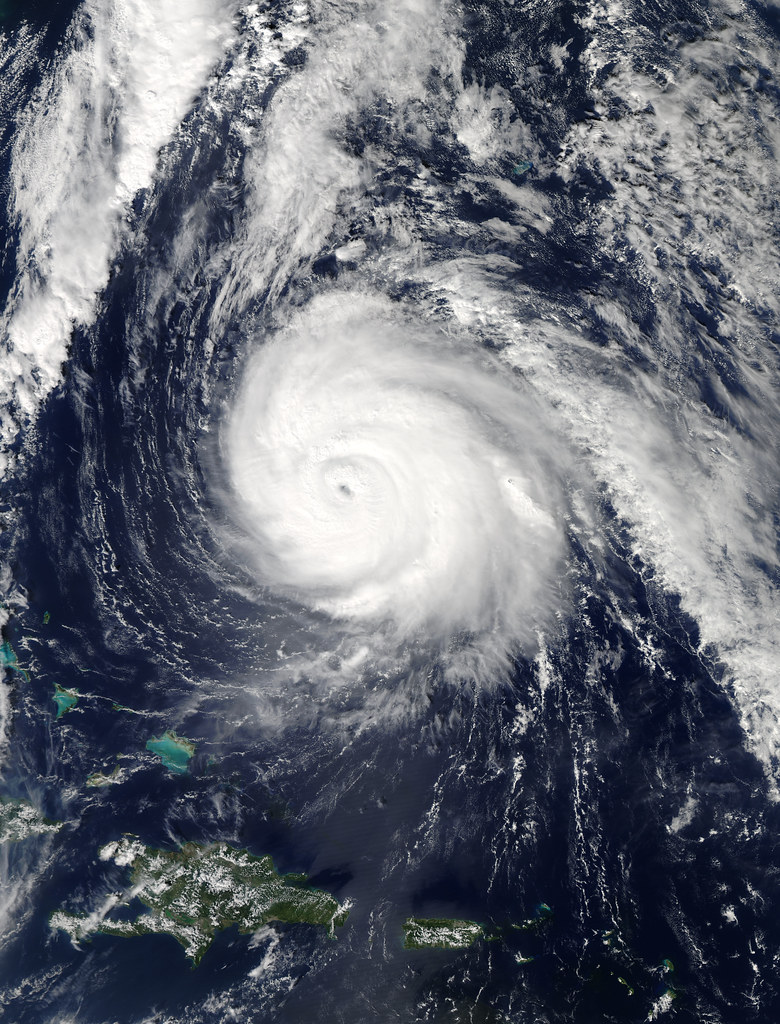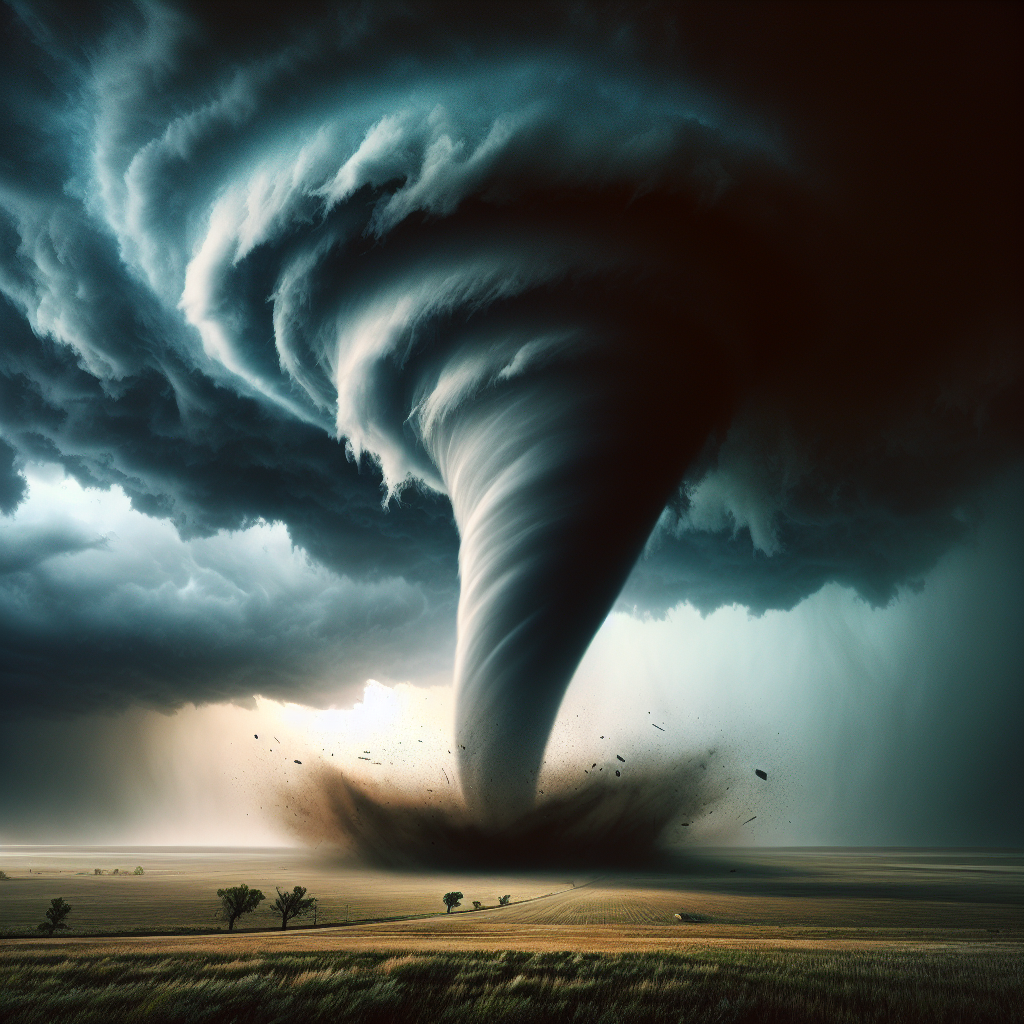The Indispensable Role of Meteorology: Forecasting a Better Tomorrow
Meteorology, the scientific study of the atmosphere and its phenomena, often gets relegated to a quick glance at the daily weather forecast. However, its impact on our daily lives is far more profound and pervasive than most realize. From the food we eat to the clothes we wear, from the safety of our travels to the efficiency of our businesses, meteorology subtly yet powerfully shapes our decisions and experiences. Understanding its diverse applications illuminates its true importance.
Agriculture: Cultivating Success with Meteorological Insights
Agriculture is arguably the sector most directly reliant on accurate weather information. Farmers depend on meteorologists for crucial data regarding temperature, rainfall, humidity, wind patterns, and solar radiation. This information informs critical decisions concerning planting schedules, irrigation strategies, fertilizer application, and harvesting timelines.
Knowing the probability of frost, for instance, allows farmers to protect vulnerable crops, potentially saving entire harvests. Predicting periods of drought enables them to implement water conservation measures, minimizing losses. Similarly, anticipating heavy rainfall allows for proactive drainage management, preventing soil erosion and waterlogging. Sophisticated agricultural forecasting models now integrate real-time weather data with crop-specific models to optimize yield and minimize risks. Disease and pest outbreaks are often correlated with specific weather conditions, enabling farmers to implement preventative measures based on meteorological forecasts. Precision agriculture, which leverages technology to optimize resource use, relies heavily on localized weather data provided by networks of sensors and meteorological stations. In short, meteorology isn’t just about knowing if it will rain; it’s about ensuring global food security.
Transportation: Navigating Safely Across Land, Sea, and Air
The transportation sector is significantly impacted by weather conditions. Accurate weather forecasts are essential for ensuring the safety and efficiency of travel across all modes of transportation – road, rail, sea, and air.
Aviation: Aviation meteorology plays a critical role in ensuring safe air travel. Pilots rely on detailed weather briefings that include information on wind shear, turbulence, icing conditions, visibility, and the presence of thunderstorms. Adverse weather conditions can lead to flight delays, cancellations, and even accidents. Meteorologists specialized in aviation provide critical real-time updates to pilots and air traffic controllers, enabling them to make informed decisions about flight routes, altitudes, and landing approaches. The development of sophisticated weather radar systems allows for the detection of hazardous weather conditions, such as microbursts, which can pose a significant threat to aircraft during takeoff and landing.
Maritime Transportation: Maritime activities are heavily influenced by weather conditions, particularly wind speed, wave height, sea state, and visibility. Shipping companies rely on weather forecasts to plan routes that minimize fuel consumption and avoid hazardous weather. Storm warnings are crucial for protecting vessels and preventing maritime accidents. Accurate forecasts are also essential for search and rescue operations in marine environments. Furthermore, meteorological data plays a vital role in managing port operations, including loading and unloading cargo.
Ground Transportation: Weather conditions significantly impact road and rail transport. Heavy rain, snow, ice, and fog can reduce visibility and traction, increasing the risk of accidents. Transportation authorities use weather forecasts to deploy snowplows, salt trucks, and other resources to maintain safe road conditions. Rail operators use weather forecasts to anticipate potential disruptions caused by snowdrifts, flooding, and extreme temperatures. Real-time weather information disseminated through variable message signs and mobile apps helps drivers make informed decisions about travel routes and speeds.
Energy Production and Distribution: Powering the Grid with Weather Data
The energy sector is deeply intertwined with meteorological conditions. Both energy demand and energy supply are influenced by weather patterns, making accurate weather forecasting essential for efficient energy management.
Renewable Energy: The production of renewable energy sources, such as solar and wind power, is highly dependent on weather conditions. Solar energy production is directly related to sunlight intensity, while wind energy production is determined by wind speed. Accurate weather forecasts are crucial for predicting the output of solar and wind farms, enabling grid operators to balance supply and demand. Forecasting cloud cover is essential for optimizing solar energy production. Predicting wind patterns allows for efficient wind farm operations and maintenance scheduling.
Traditional Energy: The demand for electricity, natural gas, and heating oil is heavily influenced by temperature. Extreme cold or heat waves can significantly increase energy consumption as people use more heating or cooling systems. Energy companies rely on weather forecasts to anticipate these fluctuations in demand and ensure adequate energy supply. Accurate forecasts enable them to optimize power plant operations, schedule maintenance, and manage energy storage. Furthermore, extreme weather events, such as hurricanes and ice storms, can disrupt energy infrastructure, causing power outages. Weather forecasts help energy companies prepare for these events and minimize the impact on consumers.
Public Safety and Emergency Management: Protecting Lives and Property
Meteorology plays a vital role in protecting public safety and managing emergencies. Accurate weather forecasts are essential for providing timely warnings about hazardous weather conditions, allowing people to take precautions and minimize risks.
Severe Weather Warnings: National weather services around the world issue warnings for a variety of severe weather events, including tornadoes, hurricanes, floods, blizzards, and heat waves. These warnings are based on sophisticated weather models, radar data, and satellite observations. The timely dissemination of these warnings through various channels, such as television, radio, and mobile apps, allows people to seek shelter, evacuate vulnerable areas, and take other protective measures. The effectiveness of severe weather warnings depends on the accuracy of the forecasts and the public’s awareness of the risks.
Emergency Response: Weather information is crucial for coordinating emergency response efforts during natural disasters. First responders rely on weather forecasts to plan search and rescue operations, assess damage, and allocate resources. Accurate weather information helps them to avoid hazardous conditions and ensure the safety of rescue teams. Weather data is also used to predict the spread of wildfires and to plan evacuation routes.
Public Health: Weather conditions can directly impact public health. Heat waves can lead to heatstroke and dehydration, while extreme cold can cause hypothermia. Air quality is also affected by weather patterns. Meteorological information is used to issue heat advisories, air quality alerts, and other public health warnings.
Construction and Infrastructure: Building a Weather-Resistant Future
The construction industry is heavily influenced by weather conditions. Rain, snow, extreme temperatures, and high winds can disrupt construction projects, causing delays and increasing costs. Accurate weather forecasts are essential for planning construction activities, scheduling work crews, and protecting equipment and materials.
Scheduling and Planning: Construction managers use weather forecasts to plan outdoor activities, such as concrete pouring, roofing, and excavation. They also use forecasts to schedule indoor tasks, such as painting and drywall installation, during inclement weather.
Safety: Weather conditions can pose significant safety risks on construction sites. High winds can cause scaffolding to collapse, while lightning can strike workers. Construction managers use weather forecasts to identify potential hazards and take appropriate safety precautions.
Infrastructure Design: Meteorological data is also used in the design and construction of infrastructure projects, such as bridges, roads, and buildings. Engineers use historical weather data to estimate the frequency and intensity of extreme weather events, such as floods and high winds, and to design structures that can withstand these forces.
In conclusion, while this exploration isn’t exhaustive, it highlights the far-reaching and essential role meteorology plays in our daily lives. From optimizing agricultural yields to ensuring safe travel and managing energy resources, meteorology is a critical science that contributes to a safer, more efficient, and more sustainable future. Its continued development and application are paramount for addressing the challenges of a changing climate and ensuring the well-being of society.





